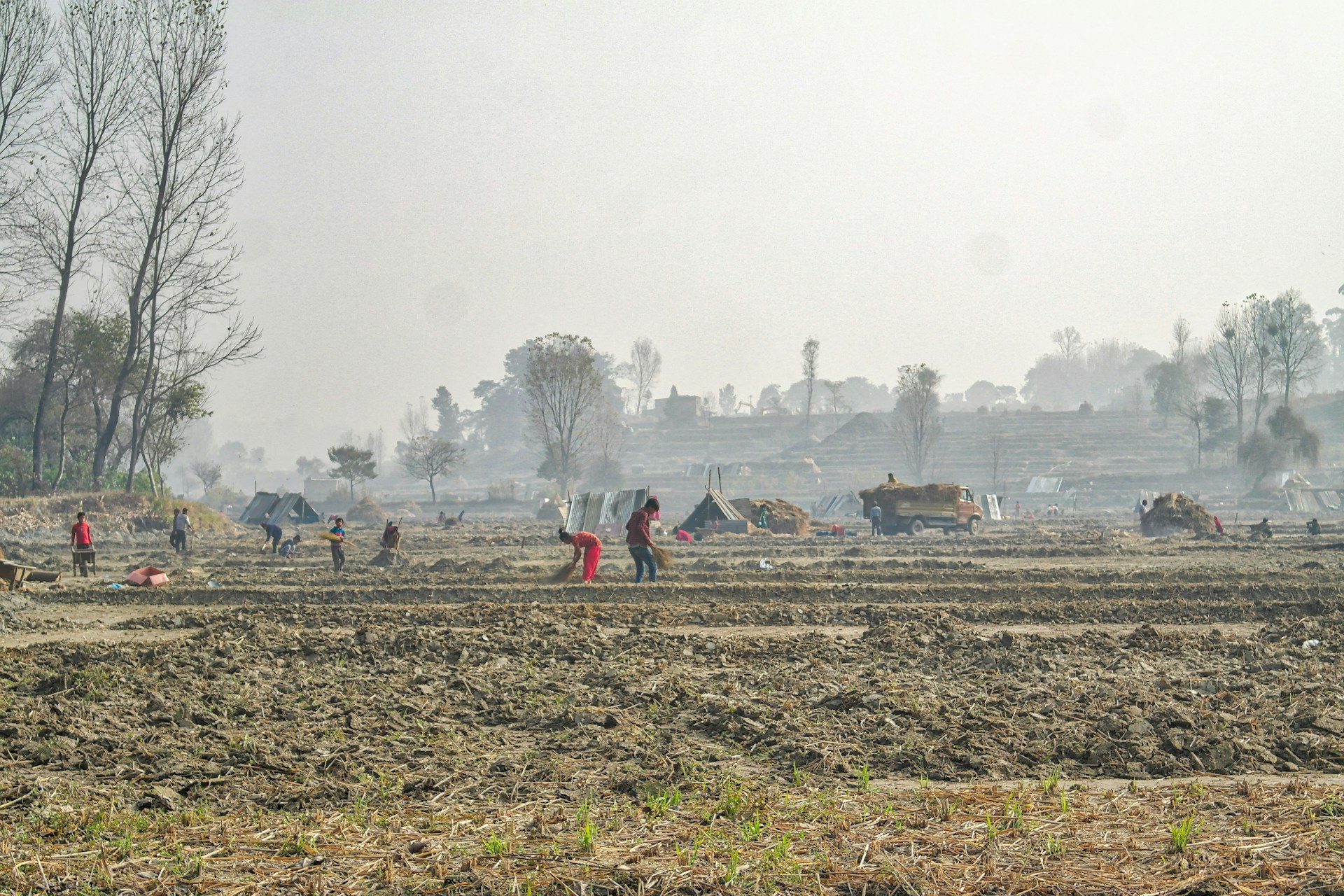In our globalized world, we are all interconnected in one way or another. It means that what we do affects other people and the environment somehow. One of the ways we affect the environment is through food production and consumption. There is a lot of waste created in this process, called post-harvest loss. Post-harvest loss is the loss of food that occurs after it is harvested. Food does not get to those who need it because it spoils before reaching consumers. It can be due to spoilage, pests, or poor handling. Post-harvest loss has caused several aspects, yet it still has solutions to reduce the post-harvest loss.
Post-harvest losses in developing countries are often a result of the lack of infrastructure, such as refrigeration, to store and transport food. Small farmers in several developing countries frequently lose up to 40% of their crops owing to insufficient storage. As a result, many farmers sell their products shortly after harvest—when prices are low due to abundant supply—only to repurchase them at higher prices later. In developed countries, post-harvest losses are usually a result of spoilage or pest infestation. Hence, food loss denies the farmers’ potential to expand and enhance their business. Food loss causes can be divided into two factors: primary and secondary.
Post Harvest Crop Causes
Primary causes
- Environmental conditions: temperature and humidity
- Mechanical issue: poor handling storage or lack of supporting tools
- Microbial action: bacteria or fungi effects
Secondary causes
- Long shipping and distribution
- Insufficient storage facilities and management
- Incomplete drying before threshing
- Poor harvesting handling process
- Complex market and regulatory distribution
Food loss is not only counter as a number, but it can be a quality or taste. It may be a qualitative food loss if you find a mushy fruit in a grocery. Qualitative food loss can degrade the food’s nutrients, texture, shape, or taste. Commercially, these products will sell for a lower price. Meanwhile, quantitative food losses are the reductions in edible produce mass accessible for personal food across supplier management segments. In short, quantitative food loss is unconsumed food. Pests eating or spoiling the food can cause this quantitative food loss.
(Crops suffer significant post-harvest losses across the value chain. Source: Crops suffer significant post-harvest losses across the value chain)
4 Ways to Reduce Post Harvest Losses
The precision agriculture system supports developing and developed countries, providing farming to harvesting technology and management plantation connectivity. Precision agriculture can monitor work, time, and inputs and also helps in making better production decisions. Nowadays, agribusinesses from across nations have begun to utilize precision agriculture technology tools to assist their crop production and monitor plantations effectively. Moreover, adopting this precision agriculture tool is the best practice to reduce post-harvest losses. You can take these actions to optimize your post-harvest quality and quantity:
1. Improve Storage and Shipping Practice
High temperature is one of the leading causes of fresh product degradation, and in developing countries, a lack of refrigerated services and systems contributes to high losses. The standard and successful storing of agriculture production in the world is the structure needs to be kept cool. Keeping post-harvest production under a controlled temperature can reduce chemicals used to protect against fungi or microorganisms. Moreover, farmers and distributors can significantly reduce fresh post-harvest food by obtaining appropriate cooling equipment.
2. Enhance Harvesting Standards
The packinghouse’s fruit ripeness standards, harvesting procedures, containers, equipment, farm packing, and transit conditions determine post-harvest losses and product quality. Setting an ideal fruit and vegetable maturity period is critical for a successful harvest. Harvest ripeness refers to when the fruit is ready to be picked. Scientist proved that to determine the optimal harvest period for fresh fruits and vegetables in terms of maximum and lowest concentrations of nutritional and functional elements and their relationship.
3. Do Clean and Proper Sorting
Proper sorting or grading, combined with adequate packing and storage, will improve shelf-life, maintain cleanliness and hygiene, freshness, and quality, and significantly cut losses and marketing costs. Sorting distinguishes between excellent and lousy produce and further classifies the superb product based on other factors, including size.
4. Handle Crops Softly and Delicately
Mechanical damage creates entry points for pests and raises physiological losses. As a result, avoid causing mechanical damage to the crop while processing it. Handle all crops softly and delicately to prevent bruising and skin breakage. The epidermis of horticultural items acts as a barrier against the most aggressive bacteria and fungi that cause tissue degradation.
Post-harvest loss is the loss of food that occurs after it is harvested. Food does not get to those who need it because it spoils before reaching consumers. Small farmers in several developing countries frequently lose up to 40% of their crops owing to insufficient storage.
Conclusion
Moreover, adopting this precision agriculture tool is the best practice to reduce post-harvest losses. To optimize your post-harvest quality and quantity, you can take these actions: Improve storage and shipping practices. High temperature is one of the leading causes of fresh product degradation, and in developing countries, a lack of refrigerated services and systems contributes to high losses. Keeping post-harvest production under a controlled temperature can reduce chemicals used to protect against fungi or microorganisms.

